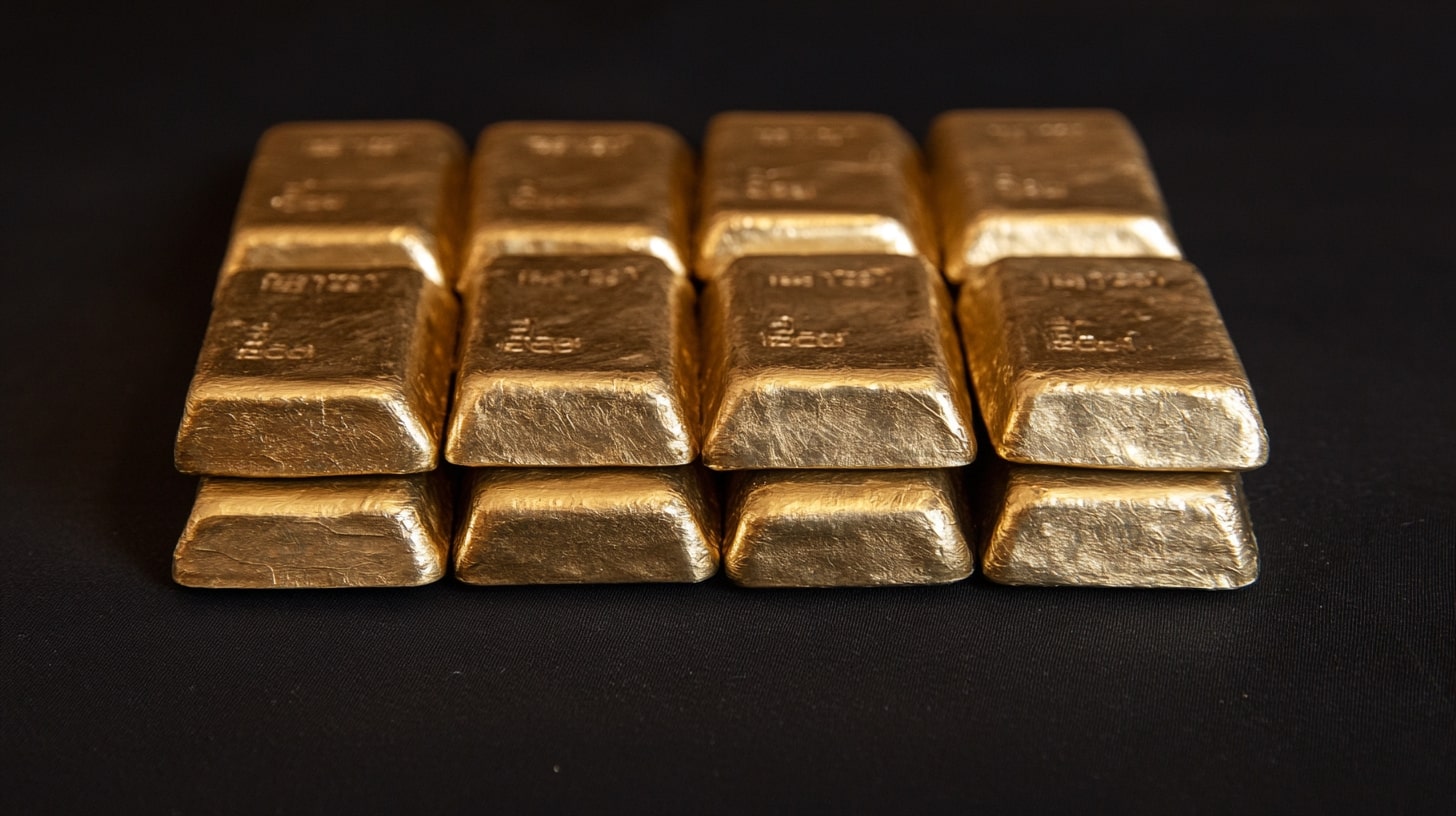Gold Price Surge: Reaching New Heights in 2025
Gold prices have been on a strong upward trajectory, with XAU/USD reaching an all-time high of $3,058.79 per ounce on March 20, before experiencing a slight pullback to $3,038.79 due to profit-taking. Despite this brief dip, the outlook for gold remains bullish, supported by a range of factors including strong demand from central banks, rising geopolitical tensions, and expectations of potential U.S. interest rate cuts.
Central Bank Demand Drives Gold's Upward Momentum
A major driver behind the rise in gold prices has been robust demand from central banks, particularly from China. Central banks are increasingly diversifying their reserves to hedge against currency and economic risks. As the global economic environment remains uncertain, gold continues to serve as a safe-haven asset. This demand is further bolstered by the growing concerns about inflation, geopolitical instability, and economic slowdowns. According to Citi Research, the three-month gold price target has been raised to $3,200 per ounce from the previous estimate of $3,000, with analysts suggesting that gold could potentially reach $3,500 per ounce by the end of the year under a bullish scenario.
Geopolitical Tensions and Economic Uncertainty Fuel Gold's Appeal
Geopolitical factors continue to play a significant role in gold's price movements. As geopolitical tensions rise, particularly due to trade policies and military conflicts, investors turn to gold as a hedge against potential economic instability. The U.S. dollar’s recent weakness, driven by expectations of a more dovish Federal Reserve, has also provided further support for gold. With inflationary pressures building due to trade tariffs and supply chain disruptions, the demand for gold has increased as a reliable store of value.
Federal Reserve's Dovish Stance and Interest Rate Cuts Support Gold
The Federal Reserve’s decision to maintain interest rates at 4.25%-4.50% in its March meeting has contributed to gold’s rise. The Fed has signaled a potential slowdown in its quantitative tightening (QT) efforts, reducing its bond sales from $25 billion to $5 billion. This dovish stance is viewed as a sign that the Fed may implement rate cuts later this year, which tends to weaken the U.S. dollar and further boost demand for gold. Traders are pricing in at least two rate cuts this year, with a reduction in July already fully anticipated. This shift in U.S. monetary policy supports the outlook for gold as an investment vehicle.
Technical Analysis: Gold's Price Levels and Trends
From a technical perspective, gold has shown impressive strength, maintaining an upward trend despite brief pullbacks. The price reached new highs, but with the Relative Strength Index (RSI) in overbought territory, a short-term correction may be possible. Support levels for gold are identified at $3,000 and $2,900 per ounce. If XAU/USD falls below these levels, it could signal further downside, but the broader trend remains bullish. The pattern of higher lows and higher highs indicates that the current rally is likely to continue, with the next resistance level around $3,080, a key target for traders.
Outlook for Gold: Bullish in the Face of Economic Challenges
Looking ahead, gold remains a compelling investment opportunity for those seeking a hedge against uncertainty. The ongoing demand from central banks, geopolitical instability, and the Federal Reserve’s dovish stance all point toward continued strength in XAU/USD. In a bullish scenario, gold could reach $3,500 per ounce by year-end, driven by heightened investment demand and fears of a U.S. economic slowdown. Even in a more conservative scenario, gold is expected to hold above $2,500-$2,600 per ounce, supported by continued central bank and retail buying.
Gold’s Role as a Safe Haven and Store of Value
As economic and geopolitical uncertainty persists, gold continues to play a critical role as a safe haven for investors. In times of financial instability, gold has historically maintained its value, and its appeal has only grown as global risks continue to mount. With inflationary pressures, the potential for stagflation, and geopolitical conflicts, gold remains a valuable asset for diversifying portfolios and protecting wealth.
Investment Strategy: Buy Gold on Dips
Given the current market conditions and the strong demand for gold, buying during pullbacks remains a strategic approach. For investors looking to capitalize on XAU/USD’s long-term bullish trend, any dips to the $3,000 level or lower could present attractive entry points. As gold continues to perform well, it is likely to remain a top choice for investors seeking stability and growth in uncertain times.

















